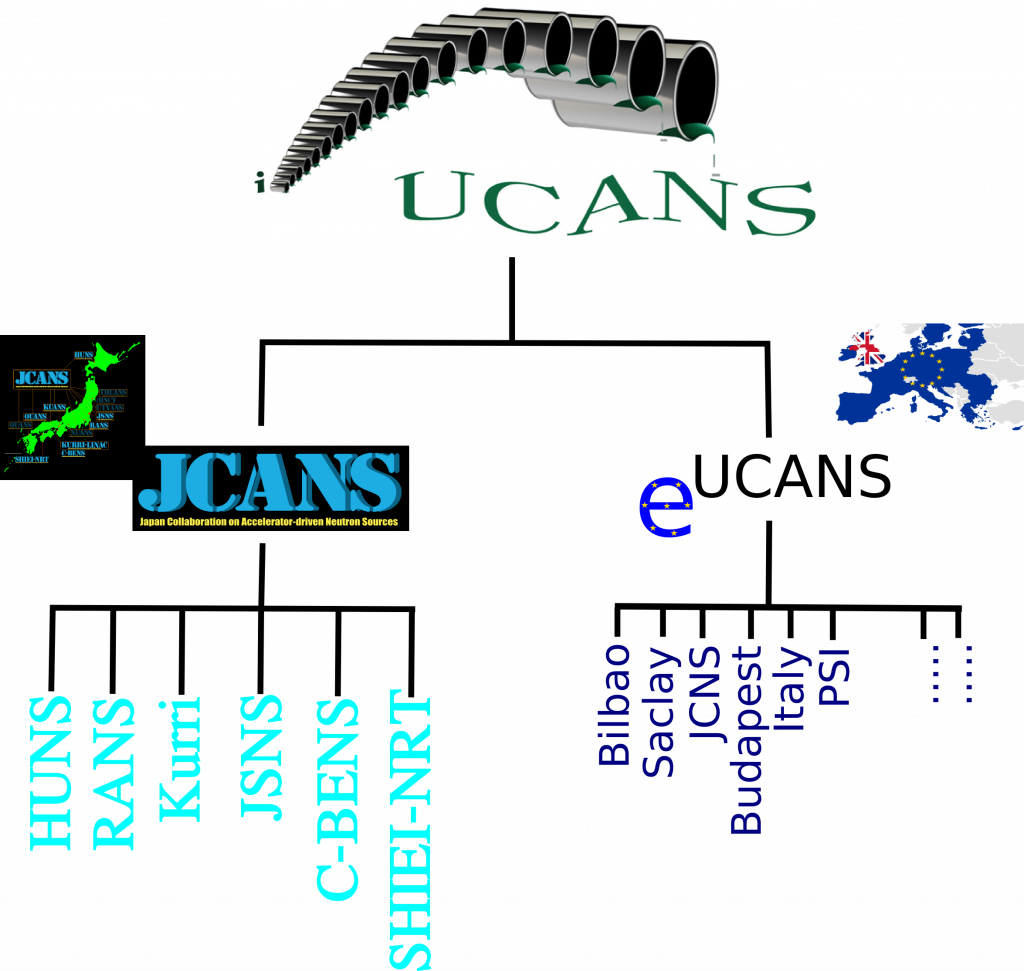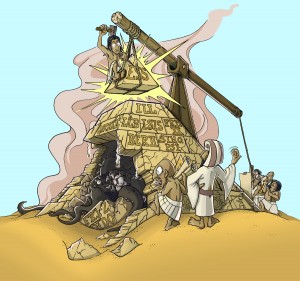JCANS, the Japan Collaboration of Accelerator driven Neutron sources is a network of Major and Minor sources bound together for mutual exchange and support. This is at first not surprising and similar structures already exist in Germany (e.g. the KFN Committee for Research with Neutrons) and other European countries, but at a second glance some real differences surface.
First of all the membership in JCANS is restricted to accelerator driven sources (currently 9) and industrial users groups and thus focusses more on the sources needs and distributions, rather than the pure science, that is produced with it (if compared to the German KFN).
Secondary – and in my personal opinion I think this is even more important – the members come from all kinds of sources. From small University sources to the great J-Parc Spallation source. From old Accelerators, which are in Operation since the 70th, to new once, which expect to start Operation in 2018. From small Budget working groups with 3 staff members to Multinational Companies like Toyota Motor Corporation. From fundamental research in astrophysics or the standard model of Nuclear Physics to stress tests of deep drawn metal sheets in automobile production. This multitude of different fields of expertise helps to strengthen their common goal, the most efficient use of neutrons as microscopic probe.
At the same time the JCANS is of course embedded in the international scientific landscape and mostly aligned with the UCANS, the Union for Compact Accelerator driven Neutron Sources, since all of the JCANS Members – except the J-Parc Spallation source of cause – are Compact Accelerator-driven Neutron sources (CANS), which would collaborate with UCANS anyway.
So how does is apply to the German or European situation? In Germany all existing neutron facilities (except FRANZ), are reactor based sources, of which the most have been or will be shut down in the near future (as I have explained before). We strife to replace them with new accelerator driven sources, like the HBS and smaller University sized HB sources and currently the outlook seems pretty good. The MLZ in Garching and the FRM II will stay in operation as Germanies large national neutron source.
So if we are successful in implementing this kind of sources in Europe, then it would be very smart, to learn from the Japanese and implement a European version of JCANS right from the start. As a fundament we could use the neutron scattering community, which is already interdisciplinary connected and build from there on, inviting the other neutron sources, which work with neutrons, but don’t have connection to the other scientific fields. Currently some European partners – who want to build high brilliance, low Energy Neutron sources – are meeting once a year invited by JCNS in Unkel near Bonn to discuss the progress of this kind of sources and to develop a coherent concept. They could be included as a whole and the result would look something like this sketch.

So since the JCANS is a national collaboration, would it not be plausible to form national collaborations here as well? I think not. First of all because there are not enough neutron sources in the countries and – perhaps more important – we should strive for more Europe and more collaboration, instead of everybody fending for themselves and especially in a collaboration and/or union there should be as much diversity as possible. I really hope that in the process, of developing the new kind of brilliance focused sources, we can also connect and cooperate in the same way, which the Japanese sources have shown to be very successful.


Recent Comments